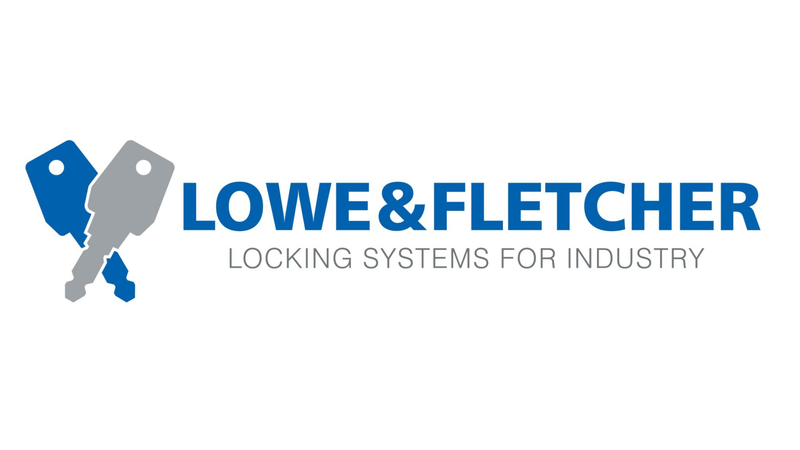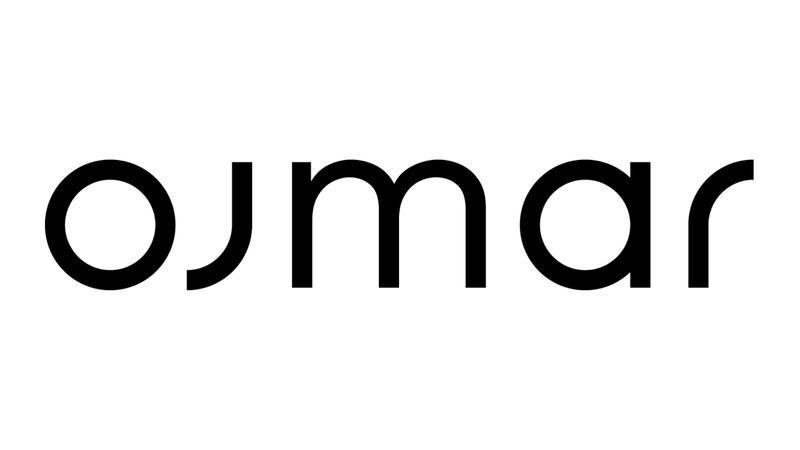Locker Locks & Spare Parts with Trade Prices and Next-Day Delivery
Locker Lock Buying Guide
-
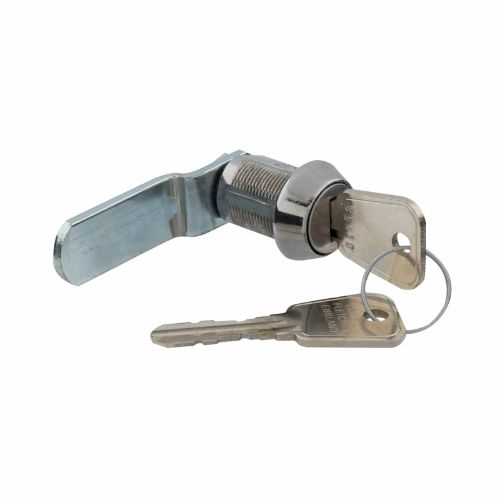
Cam Locks
Think of a cam lock as a tiny twisty lever for your locker — you stick the key in, turn it, and a flat metal arm (the “cam”) swings behind the locker frame to stop the door opening. Turn the key back and the cam moves away so the door can open again. Simple, sturdy and easy to fit or replace — perfect for lockers.
Shop Cam Locks >Think of a cam lock as a tiny twisty lever for your locker — you stick the key in, turn it, and a flat metal arm (the “cam”) swings behind the locker frame to stop the door opening. Turn the key back and the cam moves away so the door can open again. Simple, sturdy and easy to fit or replace — perfect for lockers.
-
Hasp Locks
A hasp lock, sometimes called a latch lock, works by using a metal loop that lines up with a slot on the door. Instead of using a key, you pop a padlock through the loop to secure it shut. It’s simple, reliable, and great for shared spaces where users bring their own padlocks for security.
Shop Hasp Locks >A hasp lock, sometimes called a latch lock, works by using a metal loop that lines up with a slot on the door. Instead of using a key, you pop a padlock through the loop to secure it shut. It’s simple, reliable, and great for shared spaces where users bring their own padlocks for security.
-
Mechanical Locks
A mechanical combination lock uses a set of rotating dials instead of a key. Each dial has numbers that you line up to form your chosen code — once entered correctly, the lock opens. They’re available in 3-dial or 4-dial versions depending on how secure you need it, with the extra dial offering more possible combinations and added protection.
Shop Mechanical Locks >A mechanical combination lock uses a set of rotating dials instead of a key. Each dial has numbers that you line up to form your chosen code — once entered correctly, the lock opens. They’re available in 3-dial or 4-dial versions depending on how secure you need it, with the extra dial offering more possible combinations and added protection.
-
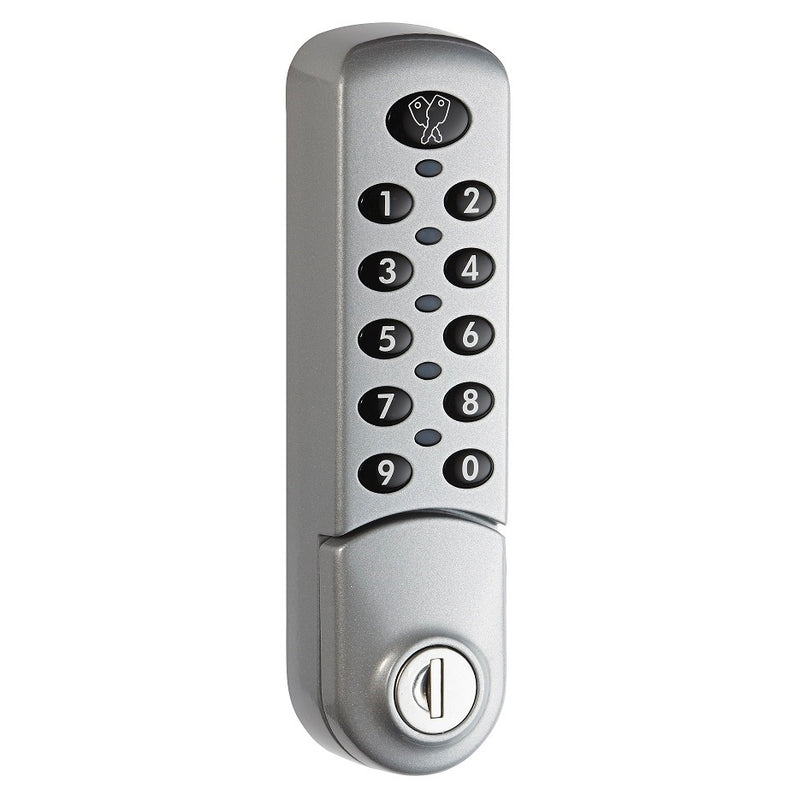
Electronic Locks
An electronic lock runs on batteries and opens with a PIN code instead of a key — punch in your numbers and an internal motor moves the latch so the door can be opened. They’re quick to use, let you change codes easily (great for shared or temporary users), and often have low-battery warnings — just swap the batteries when needed and you’re good to go.
Shop Electronic Locks >An electronic lock runs on batteries and opens with a PIN code instead of a key — punch in your numbers and an internal motor moves the latch so the door can be opened. They’re quick to use, let you change codes easily (great for shared or temporary users), and often have low-battery warnings — just swap the batteries when needed and you’re good to go.
-
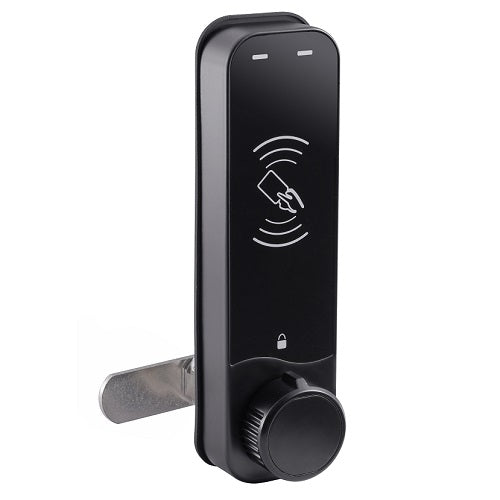
RFID Locks
RFID locks are contactless — users tap or hold an RFID card, fob or wristband (or use Bluetooth/NFC on a phone) near the reader and the latch unlocks. No keys or codes to type; access is fast, convenient and easy to manage — you can add/remove users centrally and track who’s used a locker. Great for gyms, schools and workplaces where people come and go; they usually run on batteries or mains with low-battery alerts, so remember to keep power in check.
Shop RFID Locks >RFID locks are contactless — users tap or hold an RFID card, fob or wristband (or use Bluetooth/NFC on a phone) near the reader and the latch unlocks. No keys or codes to type; access is fast, convenient and easy to manage — you can add/remove users centrally and track who’s used a locker. Great for gyms, schools and workplaces where people come and go; they usually run on batteries or mains with low-battery alerts, so remember to keep power in check.
-
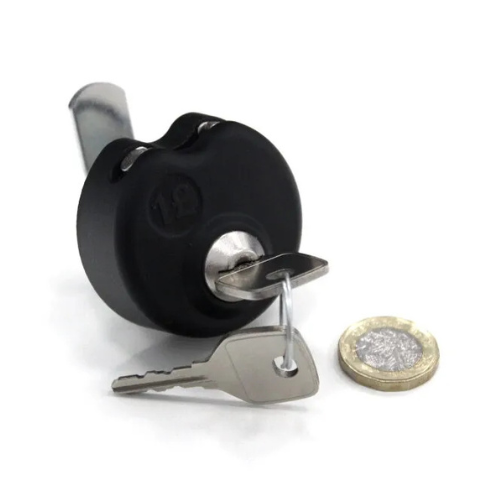
Coin Locks
Coin locks are super easy to use — you pop in a coin to release the key and lock the door. They come in two types: coin return, where you get your coin back after use, and coin retain, where the coin stays in the lock to generate revenue. Perfect for gyms, swimming pools and leisure centres where users need quick, pay-per-use locker access.
Shop Coin Locks >Coin locks are super easy to use — you pop in a coin to release the key and lock the door. They come in two types: coin return, where you get your coin back after use, and coin retain, where the coin stays in the lock to generate revenue. Perfect for gyms, swimming pools and leisure centres where users need quick, pay-per-use locker access.
Key Lock Features
Cam (Locking Bar)
A cam bar (locking bar) is a mechanism fitted to the lock that sits inside the locker frame and secures the door when the lock is turned. It extends behind the frame to keep the door firmly closed and retracts when unlocked. Cam bars are common on lockers needing extra strength or multi-point locking.
Lock Orientation
Lock orientation refers to how a lock is positioned and operates on the locker door. Vertical locks work the same both ways, so orientation doesn’t matter. Horizontal locks, however, can be set for left-hand or right-hand locking, depending on which side the door is hinged — selectable on the website when ordering.
Master Keys
Master keys let authorised staff manually override a lock’s code to open it in emergencies or if a user loses their key. They can be purchased for both mechanical and electronic locks, but only for select models — kept secure and used sparingly to protect users’ belongings and privacy.
Operating Mode
Operating mode defines how a locker lock is used. Public Mode (shared use) is for temporary access, where lockers reset after each use — ideal for gyms or leisure centres. Private Mode (assigned use) is for long-term access, where one user keeps the same code or key — perfect for schools or workplaces.
Environment Type
Environment type indicates where a lock is designed to be used. Some locks are made for indoor dry areas like offices or schools, while others suit indoor wet areas such as swimming pools or changing rooms. Certain models are built for outdoor wet areas, offering extra protection against weather and corrosion.
Code Finding Keys
Code finding keys are different to master keys — they don’t open the lock. Instead, they let you scroll the dials and the wheels click into the correct combination so you can see or reset the code. Available only for select mechanical models, they’re a recovery tool, not an access override.









